By Paul Fersen
I’ve spent a hundred mornings in Tom Rosenbauer’s kitchen. His dog Trilly taught my dog Pickett how to retrieve. He founded the Pawlet Duck and Retriever Club whose only members were the two of us, Bob Murphy, and our three dogs—its very existence and grand moniker typical of Tom’s self-deprecating and often ironic sense of humor. We shot the occasional duck, but mostly we just sat by the Mettowee River behind Tom’s house, drank coffee, watched the sun rise and the river go by. Were it about shooting ducks, we would have quit long before, but in retrospect, it was more about Tom sharing himself and his river with Bob and me.
It’s appropriate that a river runs through Tom’s backyard given his love of flowing water, and while he is proficient in so many things, his desire to share what he loves most is what elevates him to legendary status in the fly-fishing world—a statement to which he will most assuredly cringe and yet is true whether he likes it or not.
Tom is a self-proclaimed geek whose desk has long disappeared under stacks of books, papers, and fly-tying materials in mad-scientist disarray. He is credited with bringing bead-head flies to North America, and is the inventor of the Big Eye hook, Magnetic Net Retriever, and tungsten beads for fly tying. He is the kid who spent his youth capturing reptiles and amphibians, and while the other kids played sports, he was fishing on a pond near the school and discovering wild brook trout in a suburban Rochester stream. A bicycle to local streams evolved to a car headed to the Catskills and Adirondacks. He was a commercial fly tier at age 14.
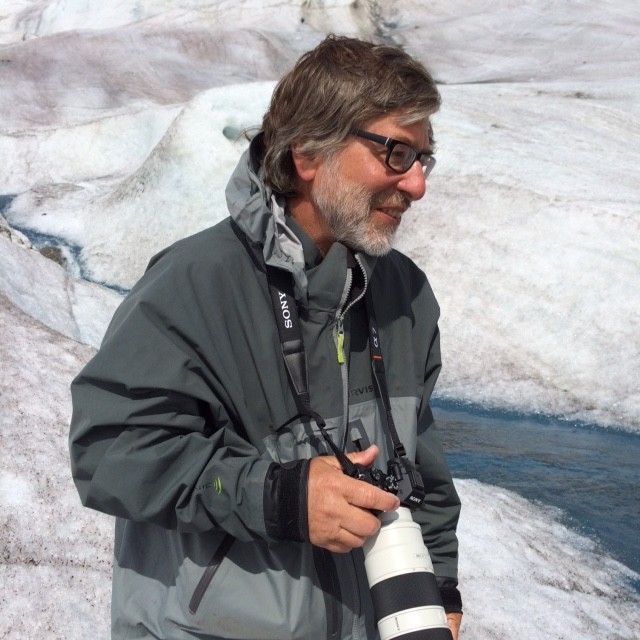
Under Malcolm Gladwell’s theory on outliers—those who rise to greatness in a given field through favorable circumstance and 10,000 hours of persistence—Bill Gates had his garage at the dawn of the computer age, and Tom his creeks and ponds on the eve of Orvis’s great resurgence under the Perkins family. Vastly different in scope to be sure, and yet both within their field have significantly impacted so many people’s lives.
“He seems absolutely tireless in his willingness to share his knowledge about fly fishing,” said Phil Monahan, former editor of American Angler and currently Orvis Managing Editor for Digital Content. “You watch him at a fly-fishing show and he’ll go all day. For a guy that’s been doing it for forty years that seems remarkable to me. Lefty Kreh was the same way. There’s something about a certain kind of person; they love what they do so much, they know they have something to share and have an endless desire to help other people get better at it. I always tell people nobody’s taught more people how to fly fish than Tom. Some 20 plus books, how many articles, and we’re up to 12 million downloads on his podcast. But what is truly remarkable is he’s never been the kind to push himself out front and be the star of the show, and he will never pretend to know something he doesn’t.”
In 2011, Fly Rod and Reel named Tom, Angler of the Year… “People who meet him know this: Rosenbauer is as valid a fly fisherman as they come – honest, approachable, generous, dedicated, and enthusiastic. It’s that kind of enthusiasm and the written and verbal legacy he is providing that make Tom Rosenbauer Fly Rod & Reel’s 2011 Angler of the Year.”
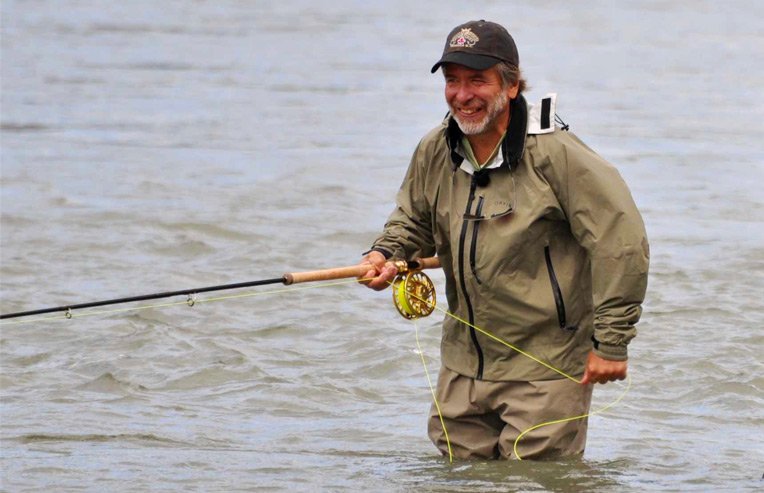
Tom was hired right out of college by Orvis as a retail clerk in Manchester, which at the time was the only retail store.
“I wasn’t very good at it,” laughed Tom. “They quickly moved me to the fly department, but then realized I was too young to manage all that, so I was sent to the fishing school as an instructor. I taught during the summer and took phone orders with Ace Manley and Bruce Bowlen in a back room behind the store.”
Ten years later, The Orvis News was the largest fly-fishing publication in the world at the time with a circulation of over 200,000 (helps to have a catalog list). Perk Perkins was the editor, but the retail business was growing and so Perk left to open the first out-of-state store in San Francisco. He gave the News to Tom.
“He just turned the thing over to me. I could do whatever I wanted with it. At that time, The Orvis News was mostly just product and I decided to do more educational and editorial stuff and make it more of a teaching publication. I was so wet behind the ears. I’m sure if you go back and read some of the things I wrote it would be really embarrassing now,” he laughed. “I taught myself photography, studied writing, hung around with some of the photographers and freelancers that worked for Orvis, and at the time Fly Fisherman and Fly Rod and Reel were both based in Manchester. I would go over to their offices and haunt them, got great advice from Silvio Calabi, John Merwin, Bob Jones, Carl Navarre, all the people who were writing fly fishing back then. They really took me under their wing.”
He met Nick Lyons at a Theodore Gordon event in New York, and Nick persuaded him to write the original Orvis Fly Fishing Guide, which has just been revised and is still one of the best-selling fly-fishing books ever written. The books kept coming, and Tom’s reputation as a fly-fishing encyclopedia grew. There is an interesting, but not surprising, symmetry in the trajectory of Tom’s career and Orvis’s growth. As the company grew through the wild, A River Runs Through It growth spurt of the mid-nineties and into the 21st century, so too did Tom’s stature in the industry.
“I met Tom when I was working at Feathercraft,” said Steve Hemkens, Orvis Vice-President of Rod and Tackle/Sporting Adventures. “He was a celebrity as part of a pro-am fishing event to raise money for St. Jude’s Children’s Hospital. At that point, I was just a young punk in the industry, and I had the opportunity to fish with Tom for the day on the North Fork of the White River which has five to ten thousand trout per mile. We had one of the best guides on the river, and we fished our butts off and got skunked. We did not catch a fish, but it didn’t matter. His passion for fly fishing after sixty years is a force of nature. My being here at Orvis and the career I’ve been able to have here is because of Tom. I met this crazy, passionate, fun, sarcastic, playful, dude who was a badass angler and that was what got me here.”
The stories of fishing with Tom are legion, but the single thread that runs through them all is his curiosity and endless desire to fish. When everyone else is exhausted and done, Tom can be found in one angler’s words… “crawling on his hands and knees, parting the grass, and peering through exclaiming, ‘there’s a great hole!’ while the rest of us are fried and brain dead.”
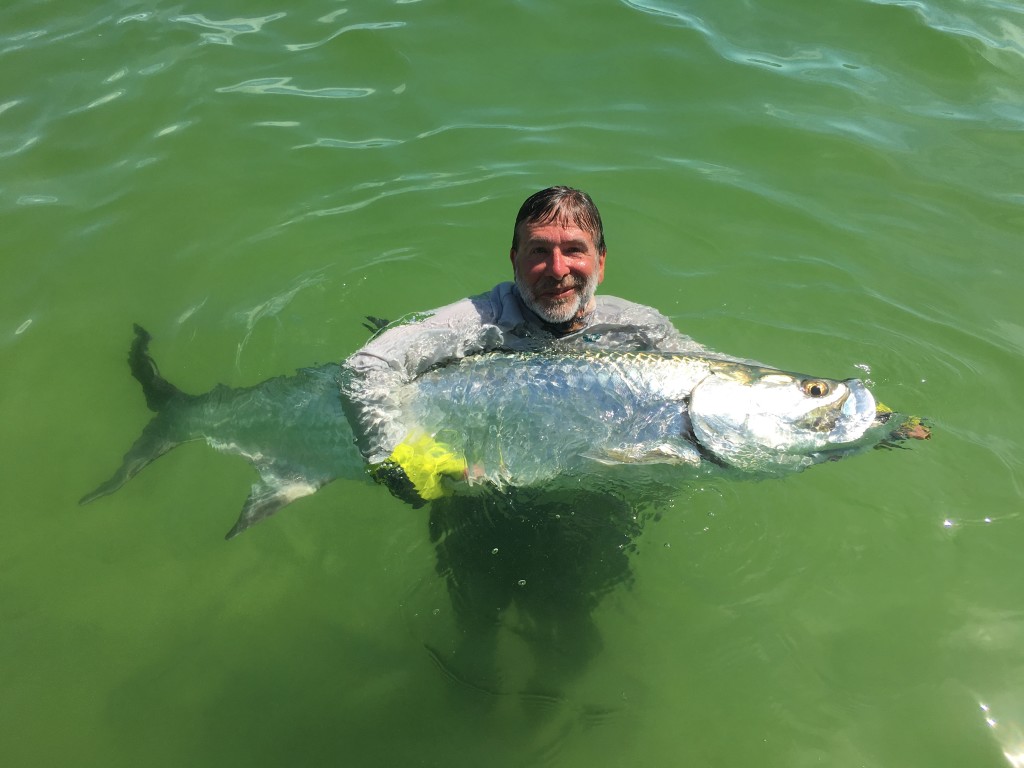
If there is a trait that defines him, it is curiosity. He’s dressed in black pants and a white shirt as camouflage to fish a particular stretch of river in a pasture where black and white Holsteins graze near the river, just to see if the trout would think him a cow and be less wary. He admittedly agonizes over things like, why don’t light bulbs flicker on and off because they’re using alternating current. He has a shelf full of books on macroeconomics, and it drives him crazy that he still doesn’t understand it. He gathers wild mushrooms and makes his own gourmet chocolate. Coming of age with typewriters and film, he is the first to embrace new technology and trends in communication and discover how to apply it to his teaching and the Orvis message. That curiosity is as relentless now as it’s ever been.
“I am feeling lately as if there are so many people in this building that know so much more about a lot of aspects of fly fishing than me. Though I’m considered an expert, I’m learning tightline nymphing from Jesse Haller, how to swing flies and Spey cast from Shawn and Bill Reed. There are certain areas that I’m pretty good at, but certain areas that I feel like I’m just starting, which is the cool thing about fly fishing. You’re always learning. Lately, I feel more and more of a beginner and less of an expert.”
Tom is humble to a fault, but at the same time he fully understands what he has to offer and its value to those who want to enjoy the sport. Fly fishing can seem complex and intimidating, and he sees his mission as unraveling that mystery and revealing to people the simple pleasure of the sport.
“At this point in my life, being an ambassador for people who want to learn fly fishing is very satisfying,” said Tom. “When you get to this age, you think more about what joy you can bring into other people’s lives. Now I think more about sharing knowledge, helping other people have fun. It mainly comes from all the questions I get from podcasts. I get the same questions year after year, week after week, from people out there that just want to up their game and want to be more comfortable with a fly rod, and they just eat it up. Talking to experts is not fun,” he grinned. “It’s the novices I love. The novices are open to new things, and I really enjoy showing them that Orvis is a welcoming organization that really wants to help people enjoy their fishing.”
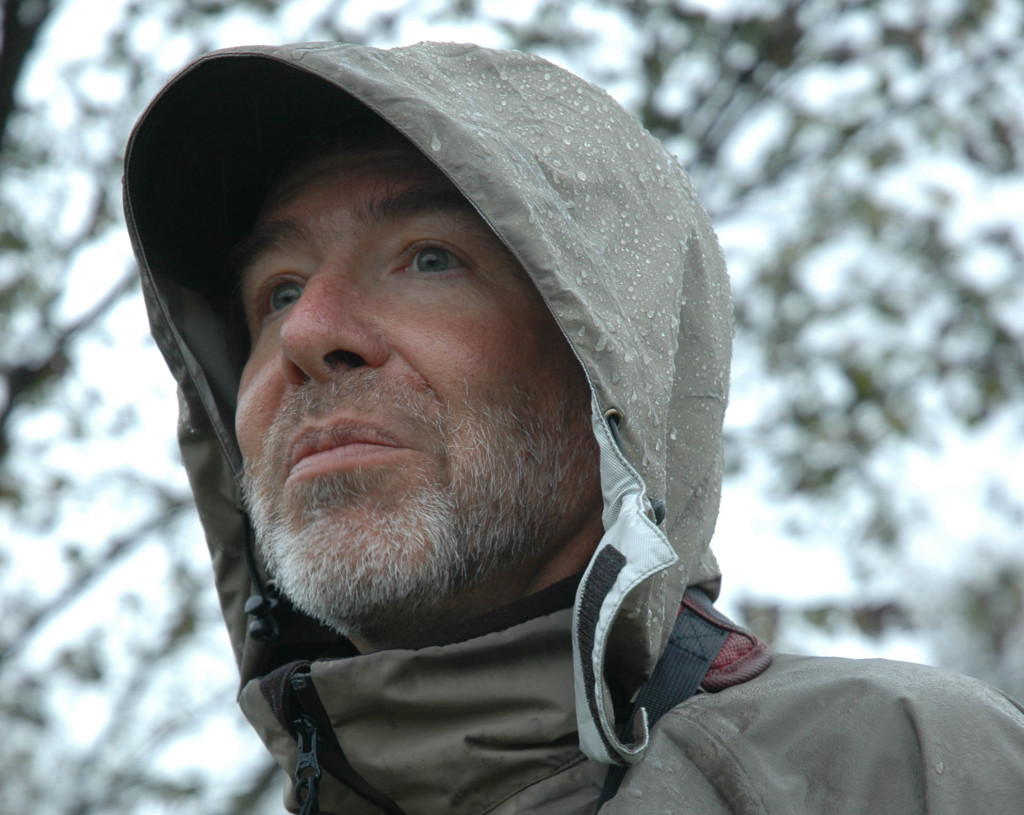
I asked him, “What would you tell a beginner that would really open up the doors on the water?”
“Don’t overthink it. Enjoy what you’re doing at the moment. Don’t think about what you should have done or how your day should have gone. Don’t worry so much about fly patterns. Practice casting no matter what you do. It’s hard for fly fisher’s not to over think because it’s a thinking person’s pursuit, but observe what’s going on and pay attention to what’s happening instead of what you think should happen.” But that’s not always easy even for Tom.
“Sometimes I’ll have a really bad day of fishing, and I’ll say to myself, who am I to be writing these books? I can’t even catch a fish! I then go back and complain to Robin, ‘I can’t do this anymore. I can’t even catch a fish in the backyard! What the @$#% am I doing with my life?’ People think that people like me never have those days. I get comments in the podcast all the time. ‘How come I couldn’t catch a fish? I’m so depressed.’ Join the crowd. We all have those days,” he laughed.
“So, don’t worry so much about fly patterns?” I asked.
“I know,” he smiled. “I tie all my own flies and I obsess over them, but the truth is, you could take a Woolly Bugger and probably catch anything. Even a carp or a bonefish. Anything. I have no idea why. I guess it looks like a lot of stuff and it looks alive in the water and it’s the easiest fly to tie. I’ve gotten simpler in my tying. The tarpon fly I use is just a piece of rabbit fur on a hook, and I’m using dragon tail flies on all kinds of fish from tarpon to brown trout. But the truth is, I still carry more than I should. Habit I guess.”
I would imagine there are those reading this who want to know Tom’s favorite fish. It was the first question I wanted to ask and I’ve known him for years. Like asking Tom Hanks his favorite role.
“Brown trout would be right up there. They’re interesting. Contrary to popular belief they’re great fighters, they’re beautiful. You hear that from a lot of people that are really into trout fishing. Their favorite trout is a brown trout. Scratch the surface of a really technical trout angler and nearly all of them will tell you a brown trout is their favorite. Whether it’s the fact they’re a little more difficult, mysterious, moody. Bonefish might be my second favorite only because I love stalking fish. I was thinking about it the other day. I love the stalk. It’s the hunting part of it. Brown trout you have to stalk as well. It’s that one-on-one intimate relationship with a fish that I really love.”
“I love false albacore, stripers. I have a love/hate relationship with tarpon, they get me all excited, but it’s a little too intense, and you can’t stalk them as much. I could give a ^*#@ about permit,” he said grinning. “As Steve Huff says, they’re a dishonest fish. You do everything right, and they still won’t eat the fly. Do everything right with a bonefish and they’ll usually eat.”
Tom will work as long as he can. It is impossible to imagine Orvis without him. He was here when I got here 25-years ago and will most likely be here when I leave.
“It really should be made clear that Orvis has given me so many great opportunities,” said Tom. “I thank Leigh, Perk, and Dave for that. They really gave me chances to do things that I never would have done on my own. Gave me all the rope I needed to hang myself,” he laughed. “I’ve done a lot of cool stuff that a poor kid from Rochester would never have gotten to do.”
Orvis Chairman Perk Perkins and Tom arrived at Orvis together in the mid-seventies.
“I date myself when I say Tom is getting old-ish,” said Perk. “but only in age and beard color. He is one of the boldest, freshest, and most innovative thinkers at Orvis when most would be coasting toward retirement after 40 years. His secret sauce is his humility. It fuels his fresh thinking and prods him to respect and learn from people he shares time with—be it a beginning angler, or an old friend who is out of surprises. He’s not let his accomplishments render him solemn and professorial. He is a prankster and quick to find the silliness and humor in a situation, quick to explore the irony in a contradiction. There is a lot to learn from Tom—far beyond his tutorials in fly fishing.”
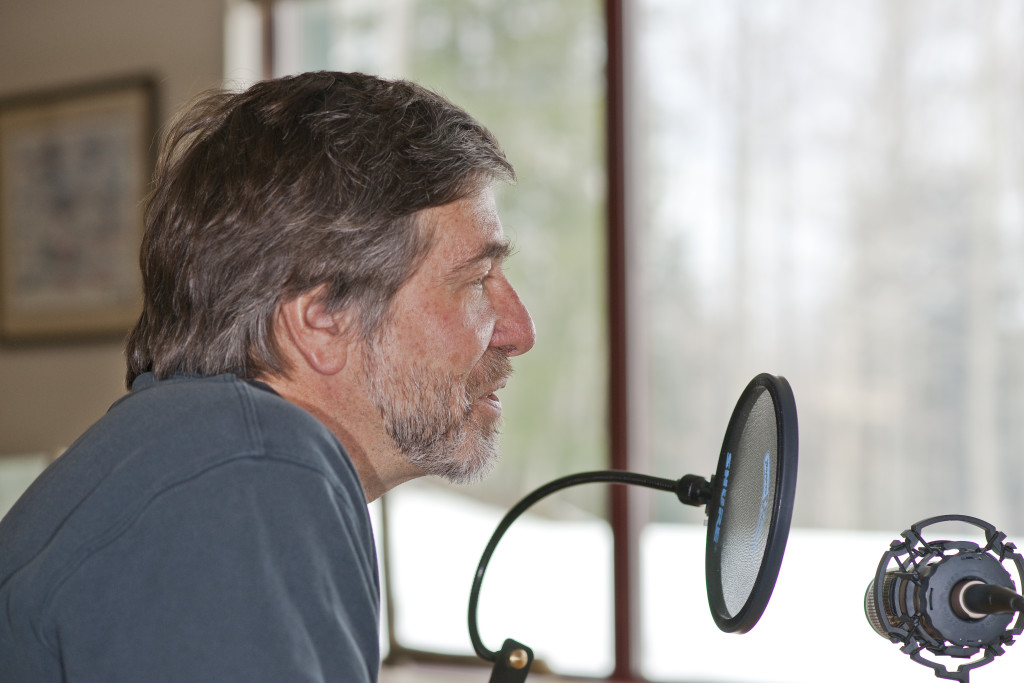
On a final note. In my job as a writer, I just spent almost three years working to rebrand the company. It was an exhilarating, agonizing, and cathartic experience to try and describe Orvis for it is anything but normal. It is, at its core, a fly-fishing company, but with so much more emanating from that core. One of the tasks was to define our personality in three words. We spent hours, even days, parsing the English language looking for the right words. We hired consultants who put us through exhausting exercises in vetting and selection. What we came up with was Passionate, Curious, and Approachable. What we defined was Tom.
Join the American Museum of Fly Fishing as we honor Tom Rosenbauer with the Izaak Walton Award.
The Anglers’ Club of New York
Tuesday, March 12, 2019
5:30 pm Cocktails, 6:30 pm Dinner

